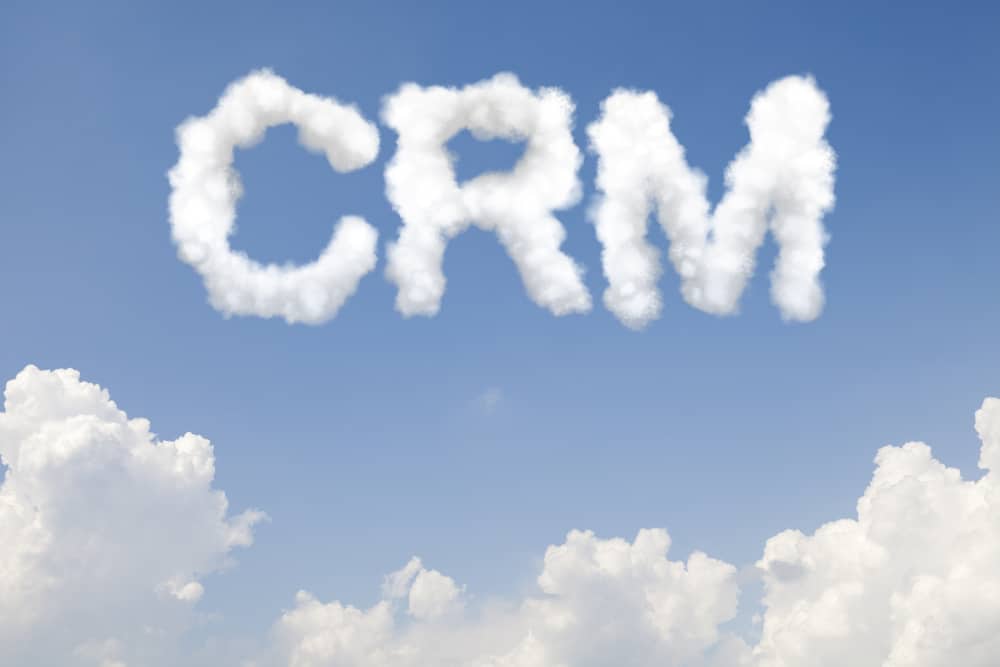Contents
Customer relationship management has become well-known in the mainstream business arena. However, a lot of company leaders still don’t fully understand the role it plays when effectively integrated into the business marketing system.
The following is an overview of three key things that companies getting started with CRM don’t know or overlook.

Strategy Comes First
If your first plunge into CRM is a software investment, you’ve already made your first mistake. You shouldn’t make any investment in technology and infrastructure without a well-developed strategy. No strategy or a poor strategy is the leading cause of CRM failure. You won’t know what software to buy without knowing what you want it to do.
In large companies, it commonly takes 12 to 24 months to build a strategy. Smaller companies don’t need as much infrastructure and the integration is on a smaller scale, but it still takes a lot of time to establish your vision and goals.
Your CRM strategy identifies what you intend to accomplish or improve upon, what roles each internal and external stakeholder plays, the infrastructure and tech requirements, a timeline for implementation, communication and workflows and many internal documents that establish the foundation for CRM to infiltrate every facet of your operation.

Customer Must Remain or Become Your Top Priority
Since its importance escalated at the turn of the century, a lot of business people have mistakenly viewed technology as CRM’s core. It is true that technology is necessary for a fully-operational CRM system. The evolution of databases and analytics has contributed to the growing power of customer relationship management.
However, the customer must be the center of your universe for CRM success. Optimizing the total customer experience is a high-priority goal within a typical CRM strategy. Creating a customer journey or experience map takes place during the strategy phase. It outlines the path a buyer experiences when moving through the standard buying process. It also makes note of opportunity points and pain points, which are steps or moments where you can improve the journey.
Even as you implement technology, train your people and invest resources in other areas, and maintain relentless focus on creating positive customer experiences. These experiences drive repeat business, loyalty, referrals and long-term return on investment for your CRM program.

Human Insight Still Matters
There is no question that technology amplifies the power of a strategic and sensible CRM program. Salesforce and other top CRM software providers continue to add to the artificial intelligence and predictive analytics capabilities they offer. These tools enable decision-makers to more accurately identify what their data tells them with regard to prospects, customers and marketing activities.
Human insight still matters, though. Analytics reports don’t make decisions. They just deliver interpretable results that enhance opportunities for human performance. Your business needs strong marketing analytics talent to discern the meaning of key reports that help in identifying your most profitable customers, best leads and optimal marketing activities.
Conclusions
These are three major things to pay attention to as your business begins or evolves its use of customer relationship management. CRM has transformed the business and marketing capabilities, but only for those companies that recognize the power of a sound strategy, happy customers and human talent.
